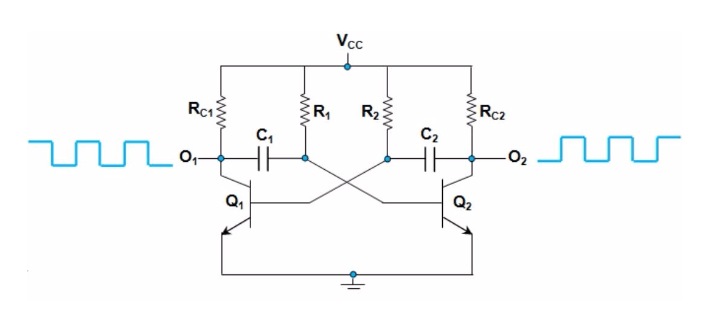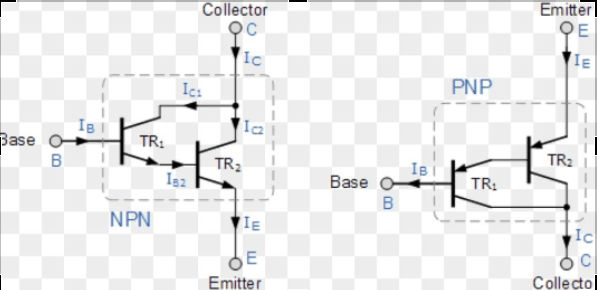Astable Multivibrator
Picture Courtesy: GoogleAstable Multivibrator is a two stage R-C coupled amplifier with positive feedback from output of one amplifier to the input of other amplifier. It is a switching circuit which has no stable states as it always changes from one state to another. That’s why it got the name Astable Multivibrator. Astable Multivibrator is …


